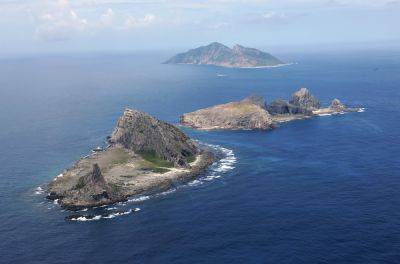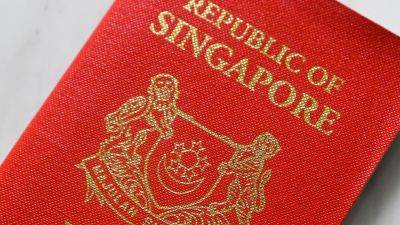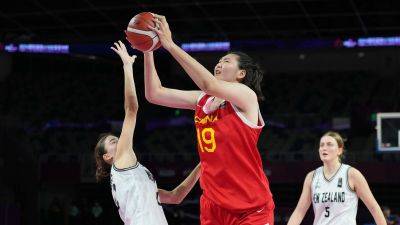4 stars or 3, send a winner to head US Forces Japan
United States Secretary of Defense Lloyd Austin commented to reporters at the Shangri-La Dialogue in Singapore in early June that the Pentagon is considering posting a four-star general to command US Forces Japan (USFJ). A three-star general currently holds the position.
A friend asked about the significance of such a move.
By itself, installing a four-star general doesn’t make much difference. At least if improved ability to fight (and win) a war – with or without our Japanese allies – is what you’re trying to accomplish.
The number of stars doesn’t matter much.
What USFJ needs is the structure, resources, dedicated forces, command authority and mission to be a real warfighting command.
What is not needed is a force that just apologizes to the Japanese government now and then when US troops misbehave, and otherwise mostly passes messages back and forth between Tokyo and the Honolulu headquarters of the US Indo-Pacific Command.
Without the aforementioned, it really doesn’t matter if USFJ is a four-star or any other star.
Four-star counterparts
It’s possible, however, that the Japanese might see a four-star as preferable. That is because his immediate Japanese counterpart at the Japan Self-Defense Force‘s soon-to-be-activated joint headquarters would be a four-star.
Japan will be standing up a Permanent Joint Headquarters by March 2025 – for the first time ever. It will direct and coordinate operations of the JSDF’s Ground, Maritime, and Air components.
Symbolism
And if symbolism is what you’re after, a four-star might suggest the United States places more importance on Japan than is symbolized by a mere three-star. In the rarified world of generals and admirals, compared with a four-star even a three-star sometimes has







